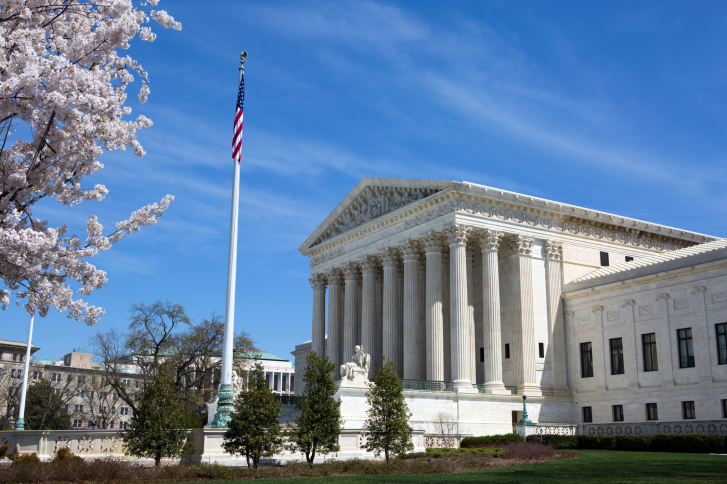Hanging around actuaries as long as I have, one of the old sayings I picked up was, “Figures don’t lie, but liars figure.”
I have read one story after another this summer and fall about the modest Obamacare insurance premium rate increases—or decreases—for 2015.
In the past I’ve written about the complex way the 2015 Obamacare rates will hit people, particularly because of the impact changes in the second-lowest-cost Silver plan will have on so many people’s final subsidy. I’ve also noted we really won’t know what Obamacare costs people until the now-unlimited Obamacare reinsurance program stops subsidizing insurance rates in 2017.
Incomplete Kaiser Study?
Recently, the Kaiser Family Foundation provided a report stating cost of the benchmark Silver Plan would fall 0.8 percent between 2014 and 205 in sixteen cities they researched.
Kaiser also reported the average price of the lowest-cost Bronze plan after tax credits in these markets would rise by an average of 5.9 percent.
Now, however, Investor’s Business Daily is out with another look at those sixteen cities, and it found the cost of the cheapest Bronze Plan for a 40-year-old non-smoker earning 225 percent of the poverty level ($26,260) will jump an average of 13.9 percent.
What’s the big difference between the Kaiser Family Foundation’s (KFF) approach and that of Investor’s Business Daily (IBD)? IBD says it has to do with KFF assuming a person’s income hasn’t changed instead of rising at least with inflation, plus different assumptions about the impact a falling Silver baseline plan’s cost has on the Bronze Plan subsidy.
Premium Increases Hidden
Who’s right? Or, who is more right? That involves determining which assumptions are the most representative. For example, would the outcome be different if the researcher had used 250 percent or 175 percent of the poverty level instead of 225 percent?
I don’t think any of that is the real point, although it appears the Kaiser Family Foundation failed to provide us with all the information upon issuing its study.
The important point here is that for people to know how Obamacare will really affect them in 2015, and to have made informed judgments as they headed to the voting booth in November, they needed to consider what Obamacare is offering them for 2015. But consumers weren’t allowed to know that because in the states with federal insurance exchanges the Obama administration didn’t open the websites or let carriers post their new rates before the election.
It’s not clear revealing the premiums ahead of the elections would have made much of a difference, as Democrats still were swept away by a Republican tsunami. But this seems to be just one more example of the lack of transparency by the Obama administration when it comes to its signature domestic achievement.
Robert Laszewski is a contributing editor to Health Care News and a nationally recognized health insurance expert. He runs the Health Care Policy and Marketplace Review blog, where an earlier version of this column originally appeared. Reprinted with permission.




